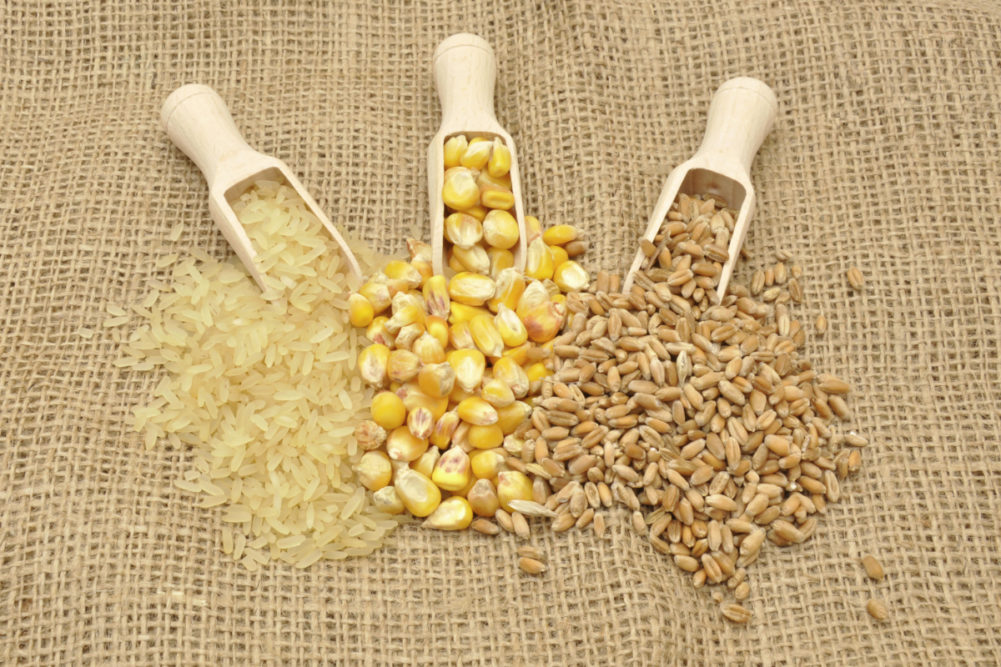ROME, ITALY — Due mainly to declines in international corn and wheat prices, the United Nations’ Food and Agriculture Organization’s (FAO) Cereal Price Index for November decreased by 3% from the previous month, according to a report released on Dec. 8.
International prices of coarse grains dropped by 5.6% in November, led by a sharp fall in corn prices, while wheat prices declined by 2.4%, the FAO said. Its All-Rice Price Index remained stable month-on-month amidst contrasting price movements across different origins and market segments.
However, with lower international cereal quotations offset by higher prices of vegetable oils, the FAO Food Price Index, which tracks monthly changes in the international prices of a set of globally-traded food commodities, averaged 120.4 points in November, unchanged from its level in the previous month and 10.7% lower than in November 2022.
In a separate report, the FAO also raised its forecast for this season’s harvests in a new Cereal Supply and Demand Brief. World cereal production in 2023 is now pegged at 2.823 billion tonnes, up 0.9% from the previous year and 10.3 million tonnes above the previous record high reached in 2021.
Upward revisions were made for wheat output in the Russian Federation and Turkey, and for corn in the United States, while production forecasts were reduced somewhat for Argentina and Brazil. Forecasts for corn production were trimmed for the European Union and Mexico. The FAO also expects global rice production in 2023-24 to rise by 0.8% from the previous marketing season.
Looking ahead to the next season, planting of the 2024 winter wheat crop is ongoing in the Northern Hemisphere countries and, reflecting lower crop prices, area growth could be limited, the FAO said. Sowing of the 2024 coarse grain crops is ongoing in the Southern Hemisphere countries, with slower sowings in Brazil but a rebound in Argentina.
World cereal total utilization in 2023-24 is forecast at 2.813 million tonnes, 1.1% higher than in 2022-23. World cereal stocks by the end of the 2023-24 season are predicted to rise by 2.7% above their opening level and mark a new record high. Based on the latest forecasts, the global cereal stock-to-use ratio would be 30.8% in 2023-24, indicating an overall comfortable supply level, the report said.
World trade in cereals in 2023-24 is forecast to contract slightly to 468.4 million tonnes, down 1.8% from the 2022-23 level.



